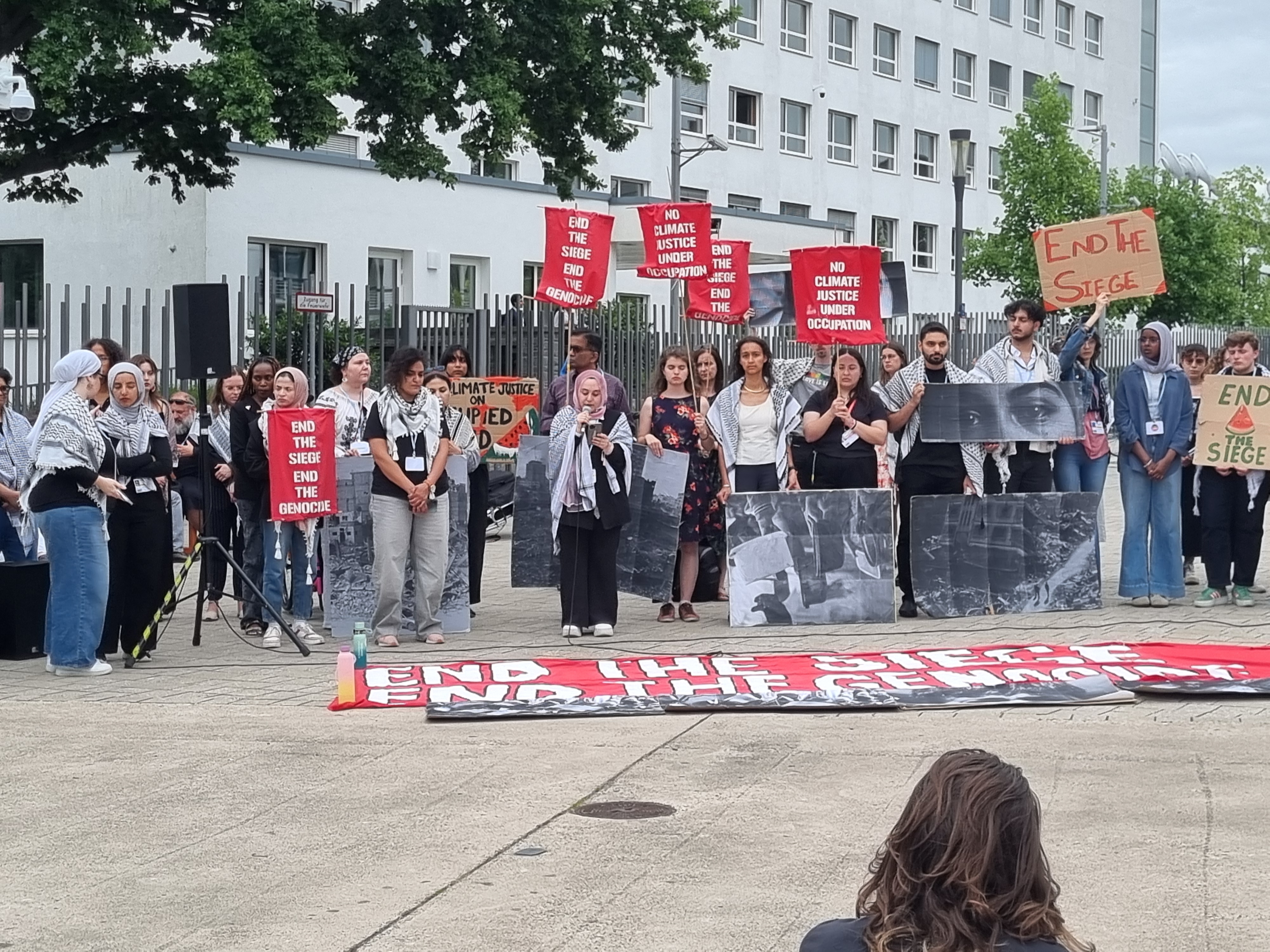Authored by Marcela Vecchione-Gonçalves (@marcelavecchione; email: marcela.vecchione@gmail.com)
I have been following the Climate Conferences, and their subsidiaries, since 2009 in Copenhagen. But I haven’t been to the Conferences since 2019. For various reasons: disbelief, anger, disgust, lack of resources. As someone who prefers to analyse the processes of building and weaving climate policy with thick brushes rather than thin ones, the distance of five years – with a pandemic in the midst, of which most people seem to have forgotten, and despite its close relationship to environmental devastation and degradation and the consequent climate emergency – proved to be a useful timeframe for trying to understand how the post-pandemic Global Reset took root in the climate jet set.
The making of the world (and worlds) through the climate emergency is one of the global frameworks that has gained most traction in telling our stories of the present post-pandemic. Thin brushes and thin institutionalisation of the agreement are showing this. It is a fact. Even if wars – trade related and those in the strict sense – have taken some of the centrality of of the financing of climate world-making, the cross-investments in the green recovery of the economy and the escalation of war, and all the related technology, are not far apart; quite the contrary. Such entanglements are apparent in the report “From Economy of Occupation to Economy of Genocide”, written by the UN Special Rapporteur, Francesca Albanese (https://www.un.org/unispal/document/a-hrc-59-23-from-economy-of-occupation-to-economy-of-genocide-report-special-rapporteur-francesca-albanese-palestine-2025/?utm_source=substack&utm_medium=email). Launched ten days after the end of the negotiations in Bonn, Germany, the report dissects how an economy of restoration, precision agriculture and military occupation and expansion are intrinsically connected.
Thus, the picture painted during SB62 was both a reflection (image) of the world ecology that makes up our colours now, and a gloomy, albeit expected, moral and political distance from the attitudes desired at a conference that discusses the future, and a possible framework for implementing what is considered to be the main contemporary global social pact, namely the Paris Agreement.
Initial statements during agenda discussions that took place on the 16th and 17th of June, made it clear that the Palestinian matter would not be an issue in Bonn. The alleged reason for this was that Bonn, as the headquarters of the United Nations Framework Convention on Climate Change, is a place for the technical and not the political. As a result, the UNFCCC secretariat had to remain politically neutral when conducting technical negotiations. A position that is already political in and of itself, like the carbon that comes from transnational corporations that claim to be neutral (and apolitical). In a move contrary to the demands of some negotiating parties, especially the Arab Group and some within the Like-Minded Developing Countries (LMDC) group, and non-parties, such as non-governmental organisations and civil society movements (which are increasingly relevant parties in monitoring the process of pre-negotiations and negotiations) Palestine, the budgets of and investments in war and their climate consequences received no attention on the technical climate agenda. The epistemic communities were different – but not that different. The problem is, that the world in flames and human degradation are on the same planet, albeit with differing appreciations for humanities and urgencies for life or for climate.
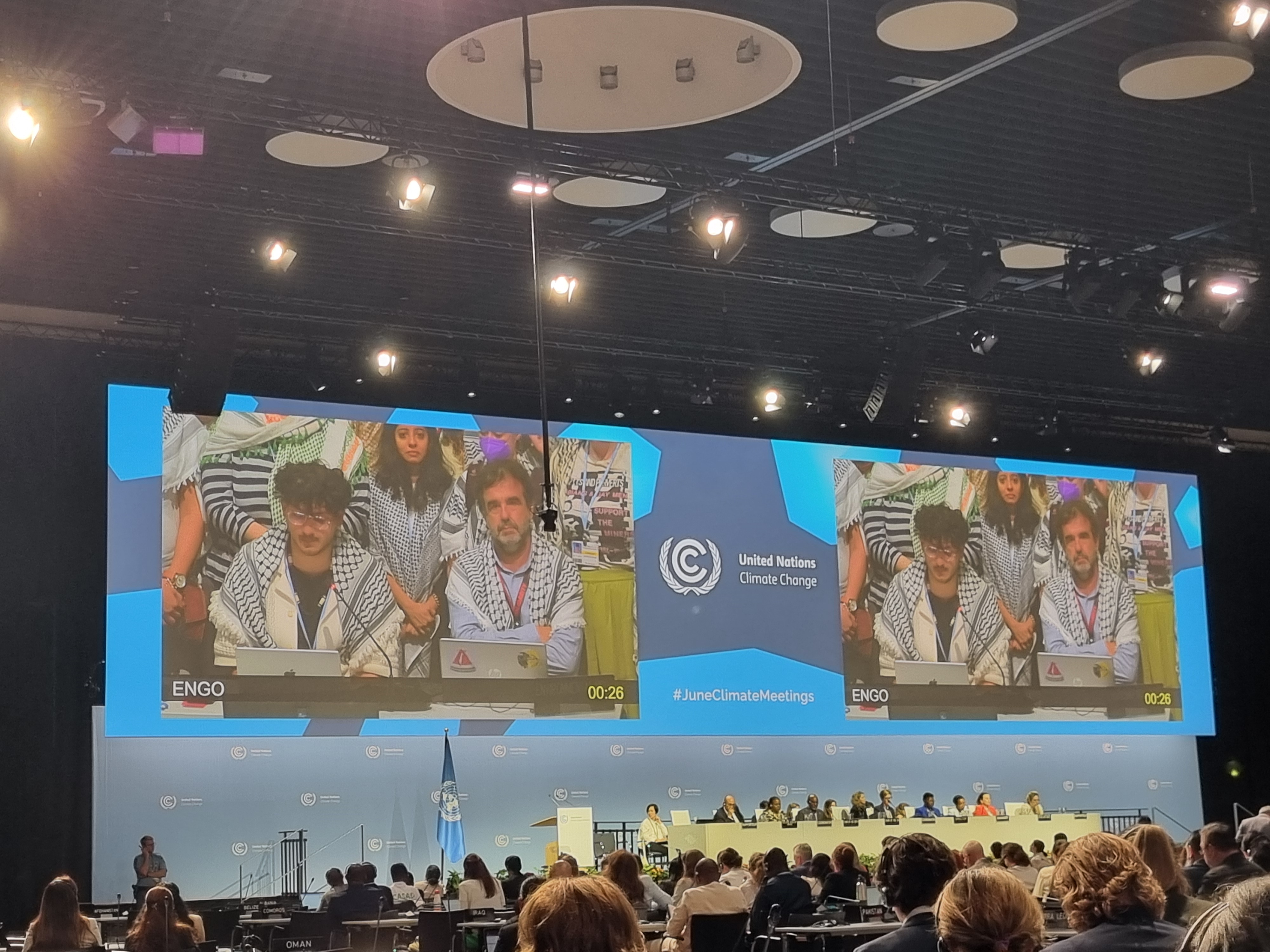
In order to add some grey colour to my Bonn impressionist watercolour, let’s use a thick paintbrush, which helps me to get the first baselines of the political picture of Bonn. To this end, I will be repetitive, because sometimes it is important to be so. Despite the secretariat declaring that the Palestinian issue is not a climate issue because SB62 is technical, and with more and more interested parties drawing on this technique in their own language, it is an eminently political event. More than that, the politics are intensifying day by day in the privatised political logic of multistakeholderism – the tendency to negotiate and politically treat international public policy as shareholder and stakeholder policy. SB62 is also an aesthetic and performative event, where positions are marked and traces are left and articulated, so that alliances can be built in order for definitions to be performed and finalised at the COP, which this time – when it turns 30 – will be in the Tropics, in the forest, in the Amazon. One more performance for November 2025.
Thus, the North-South dispute was present in Bonn. This tension recalled the scenario in Copenhagen, after the global financial crisis of the sub-primes in 2008, with land and forests becoming central for investments and compensation, and distancing itself from the optimistic futurism (failed by the Cover Decision) of Glasgow, at the end of the pandemic in November 2021. To a certain extent, this failure – of negotiations based on the Agreement – was also a victory that recovered the global proposal for a New Climate Economy, launched in 2018 at the COP in Katowice, Poland. This proposal enshrined the place of Global Value Chains and Scope 03 emissions as the basis of the net zero carbon economy. The New Climate Economy casted global climate initiatives and actions to do what the Agreement “couldn’t do fast enough”. There was that again in Bonn. Beneath the background colours of power politics structure, the dispute was present from the construction of the agenda to how negotiating items – which first would not even be directly negotiated – entered the negotiation. This was the case with agriculture and agri-food systems, energy, forests and financing itself, without actually making connections with the models to submit Nationally Determined Contributions (NDCs) and their relationship with the Biennial Transparency Reports (BTRs).
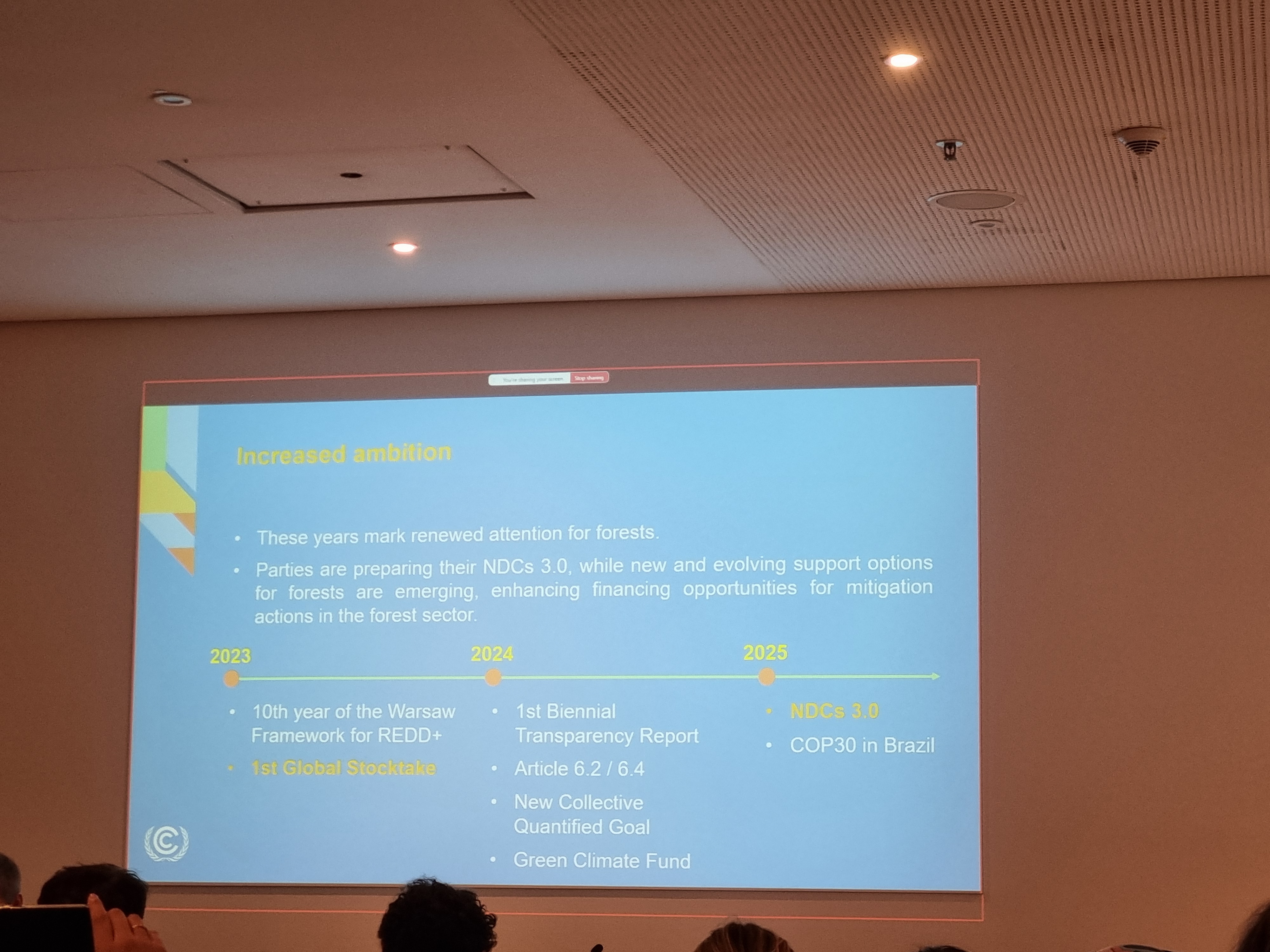
The latter are important monitoring instruments, which must be agreed on their basis for reporting in order to ensure democracy and transparency in the circulation of Internationally Transferred Mitigation Outcomes (ITMOs). Depending on how they begin to be used by international cooperation initiatives, the global circulation of commodities, or even the way companies can continue to operate and be licensed, as well as financed, the Paris Agreement could become a major vehicle for flexibility, rather than an international legal tool, for reducing global greenhouse gas emissions. Furthermore, if everything is transformed and counted as ITMOs, we will hardly achieve a truly just transition, based on the imagining of other global, regional, national, and territorial models of production and social reproduction.
At the heart of the dispute in Bonn was not only climate finance, and what and how it counts as mitigation, but also guarantees for adaptation, considering historical but differentiated responsibilities, technology transfer, and all its co-dependencies, including patentability and conditionalities in the negotiation of the Technology Mechanism Transfer and the Global Stocktake (GST) itself. Added to these factors was the most important clash in the implementation of the Paris Agreement, that between providing and mobilising resources included in the financing agenda. The fine line between provision and mobilisation, which marks a vast chasm in global political, economic and ecological relations, refers either to being an instrument for providing resources and technology through the institutionalisation of the agreement to ensure distribution and equality for the fulfilment of the Nationally Determined Contributions (NDCs); or to mobilising resources through platforms, actions, initiatives and financial instruments, in the medium and long term, towards investments endowed with the belief in the profitability of mitigation and adaptation, thus only achieving the fulfilment of the Agreement’s objectives if the means for it are profitable. This chasm between provision and mobilisation lies in the obvious, albeit swept under the carpet in the context of the climate emergency, distinctions between financing and financialisation, between redistribution and reparation commitments, and the concentration of actions on betting and risking to strike the climate balance. The latter rarely consistent with climate justice.
Climate justice, in this case, is not exactly the main interest of the countries that should be the biggest resource providers. Even if guaranteeing and promoting justice, in all its axes, based on human rights differentiated by context and economic asymmetries, are the pillars of any convention and treaty of the UN system, including the 1992 Environmental Conventions. Signatories to the Paris Agreement have endeavoured to revise a text that had already been approved on several of the agenda items in order to put together the negotiating documents for COP 30. The feeling that there was a revision of the Climate Agreement, which had been squeezing my heart since 2018, was confirmed in Bonn.
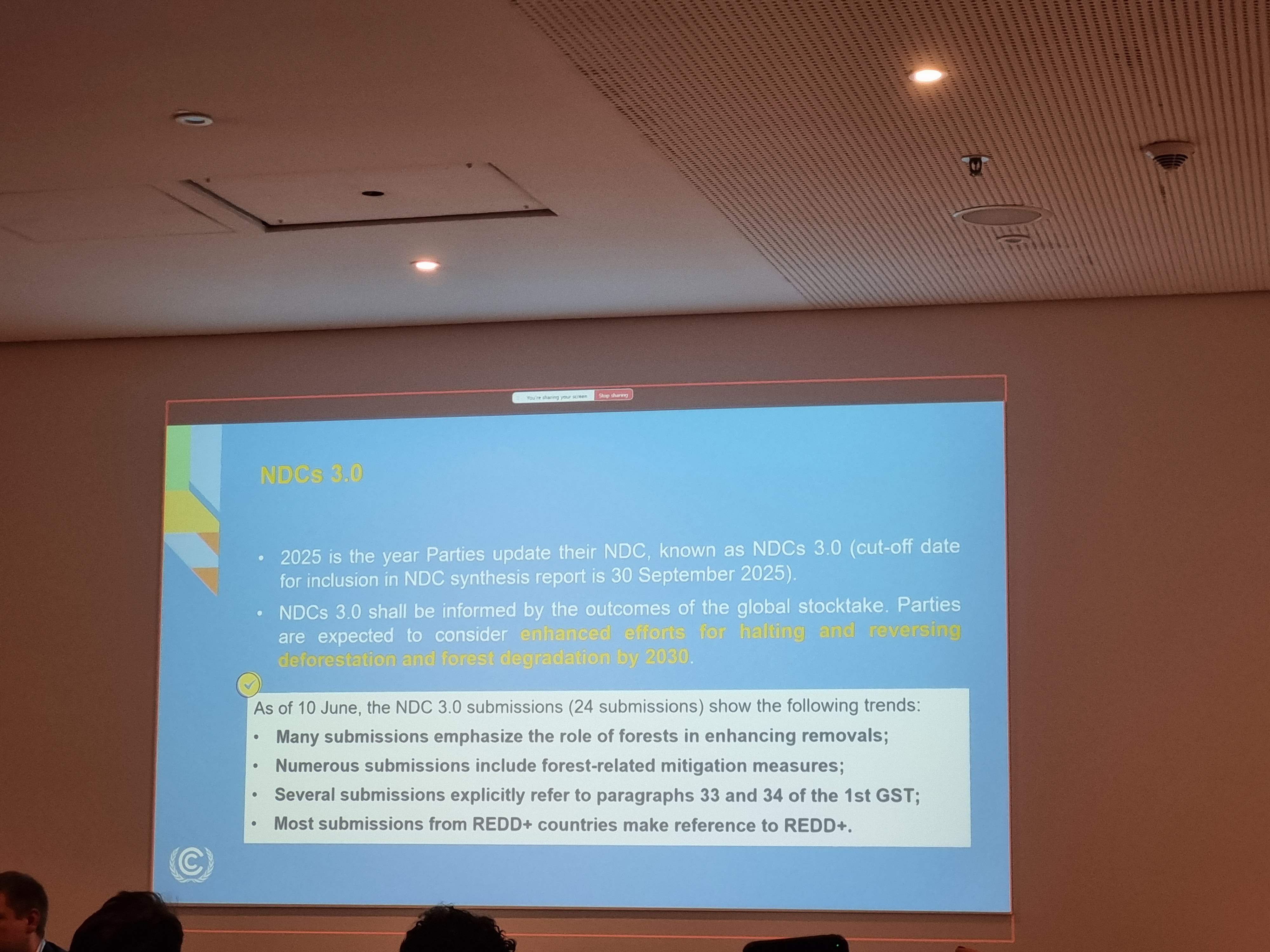
compliance with the agreement through its award with guaranteed financing and a structure for mitigation, adaptation, loss and damage, and the phase-out of fossil fuels and high-impact, high-risk energy sources, such as nuclear power or even biofuels. This is evident in the three Bonn agenda items dedicated to Article 6 (6.2, 6.4 and 6.8 – the last on non-market approaches), while Article 9 on international public financing collapses because countries of the North do not want to commit to providing resources or building capacities. At the same time, Article 6 enables market expansion in investment and for designing public policies as solutions based on their very market-based nature. In many cases, this context has created elements and artifices to speed up the negotiation, but without actually realising the commitments negotiated at previous meetings, reducing these meetings to a political stage for clever performance by Like Minded Developing Countries to enact delay.
Work plans and mandated negotiating initiatives, such as the Sharm-el-Sheik Mitigation Work Plan, made it clear that these were in fact instruments for revision rather than for implementing the Paris Agreement. Rediscussing rights and obligations through various strategies – almost always market-based and with technological processes that seek to depoliticise the dispute – seemed to me to be the greatest of the incidental movements in Bonn. The defence of the Agreement at COP 30 and of democracy in the negotiations based on multilateralism and on the principles of the Agreement as a way of thinking about the very democratisation (and salvation) of the UN System seem to be urgent issues for Belém. Just as important as speeding up the implementation of the Agreement is ensuring that rights are guaranteed and not violated in the process. The forest, its inhabitants and its defenders cannot afford more threats and, above all, they cannot be the main and only providers of opportunities to guarantee climate balance, when climate injustice is their daily reality. We cannot demand that forest peoples, peasants and riverine communities in the Global South do the work of providing solutions to problems they did not create. Nor can we frame their rights and lifeways as an opportunity. Revising and making the principles of the agreement more flexible, as well as negotiating compliance commitments from the outside of the Paris Agreement’s institutional design that cannot be enforced, including by the people of the territories themselves, is not be a safe and transparent way of protecting and guaranteeing climate justice grounded in territorial realities.
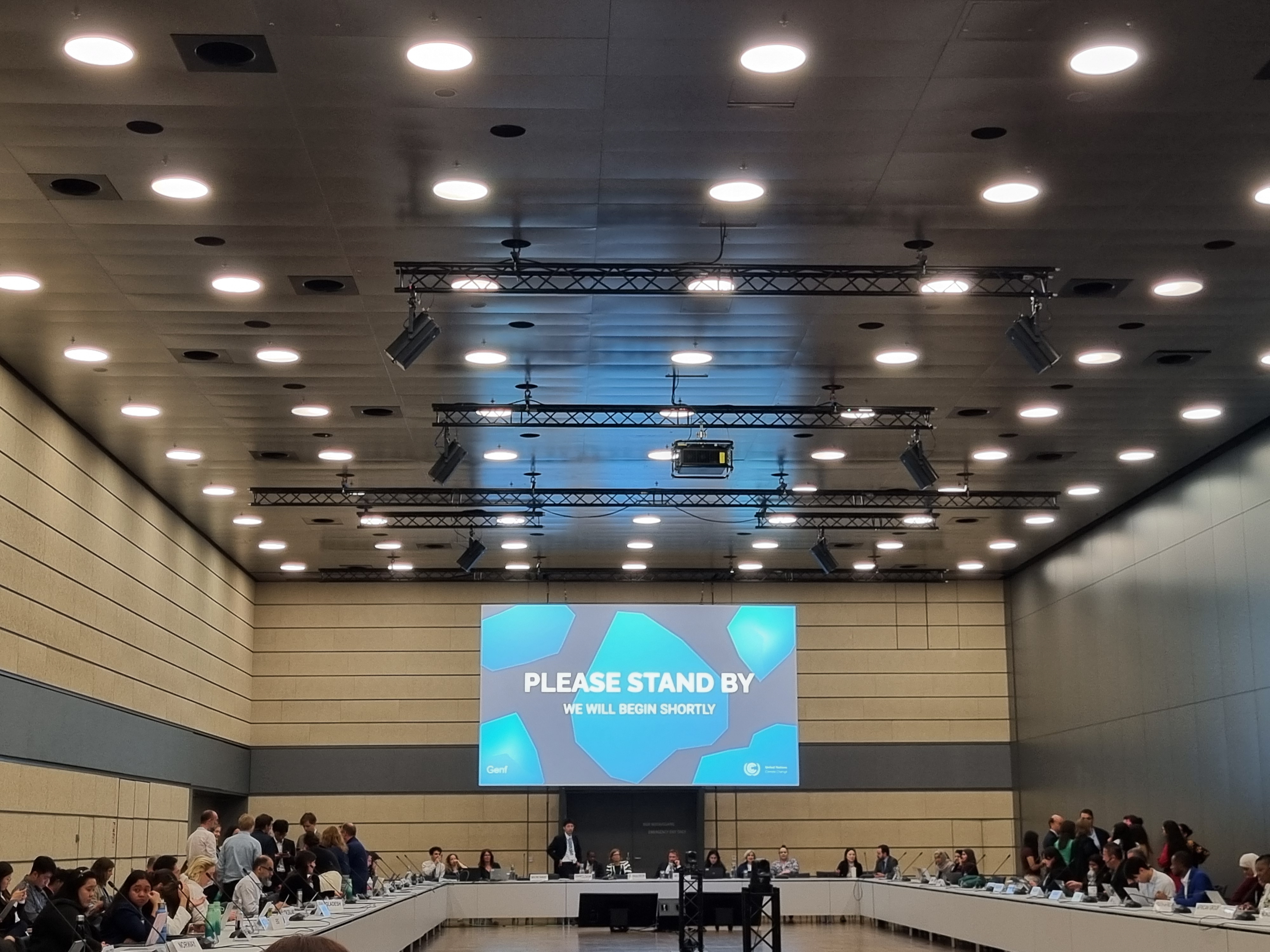
Some peoples and communities have already realised this is in their territories and have built other diplomacies outside of the hellish offerings that have been presented in the negotiations on items 6.2 and 6.4 of Article 6. On the road from Baku to Belém, some relations will have to be discussed, however exhausting discussing relations may be. The turbulent waters of the banzeiro are part of the big tide coming into the river. Pretending that the swell doesn’t exist doesn’t stop the boat from sinking. The boat may be electric, have a solar panel or be powered by biomass, but the force of the tide is inescapable.
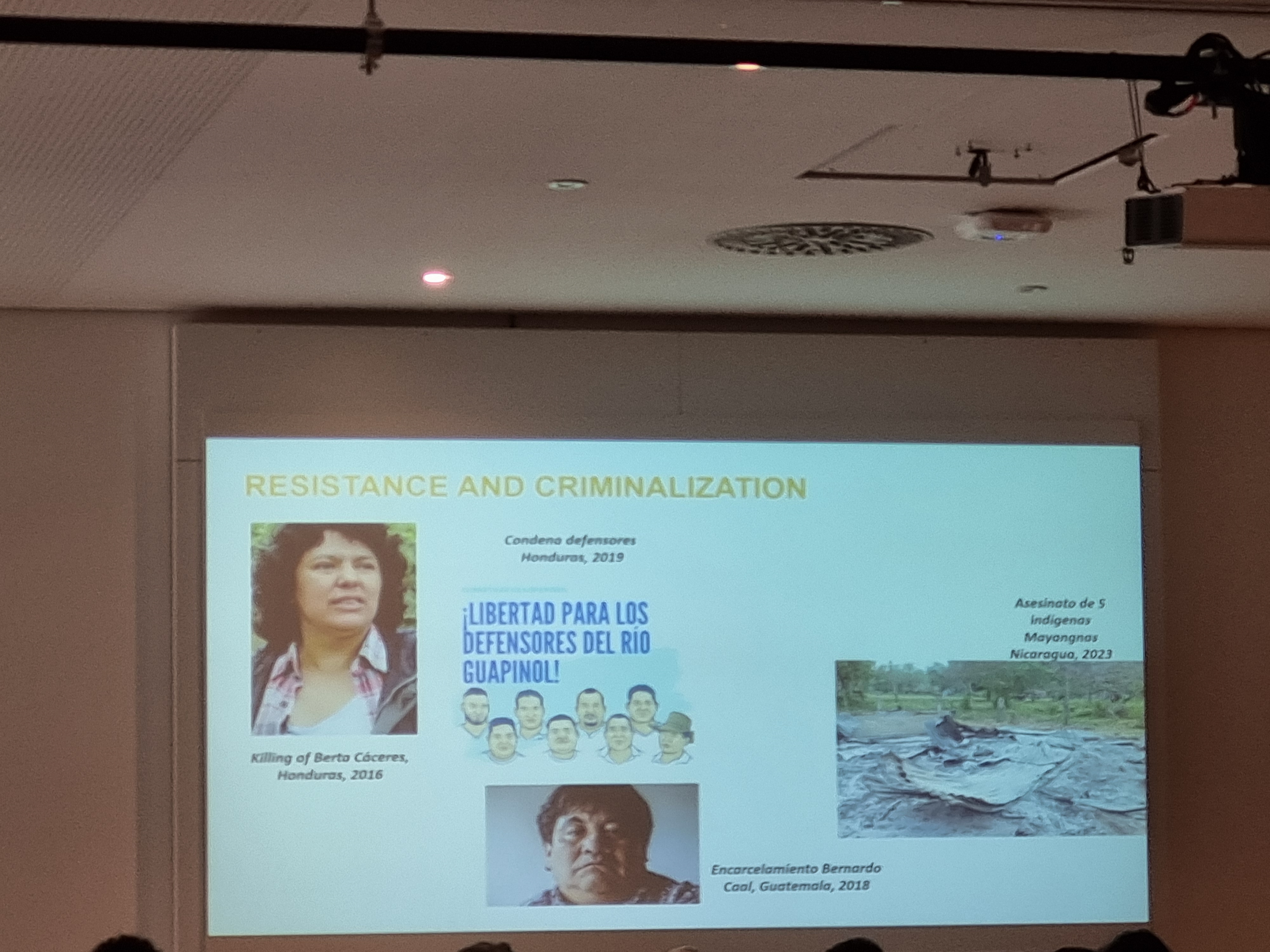
*Banzeiro is when rivers get weavy due to a combination of winds and marine tides coming through Amazon River waters.
